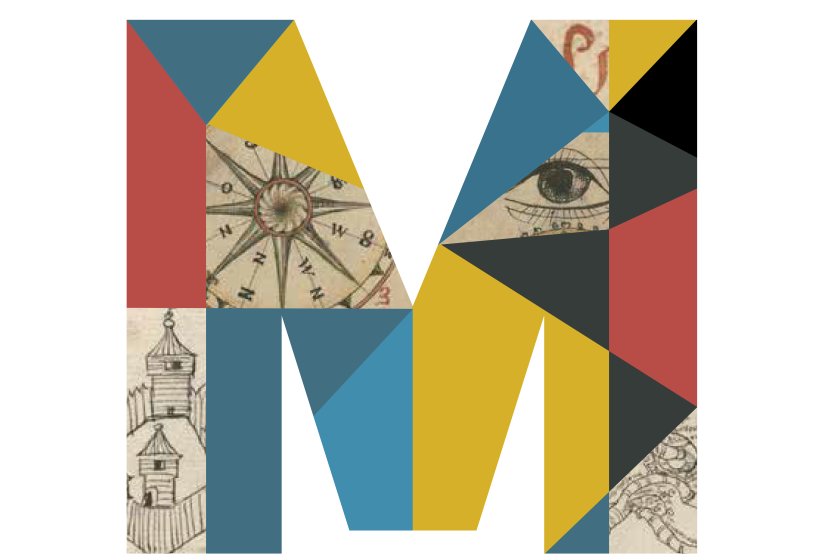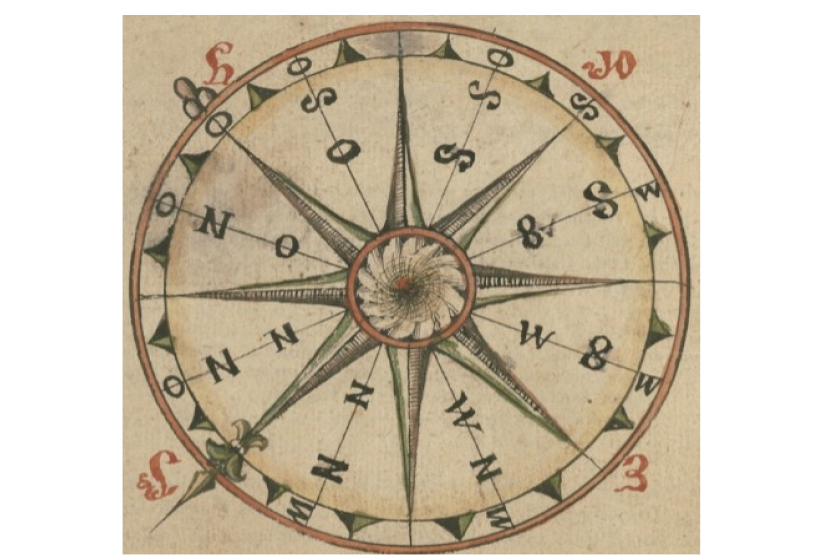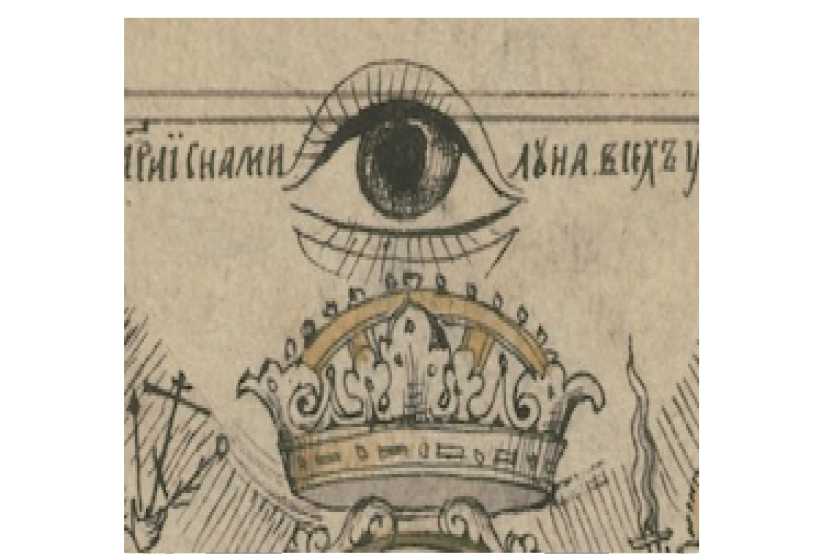This podcast will change the way you think about the past. We bring history to life by showing how technology, data, design, the “natural” world, the built environment, political intrigue, and personal drama shape places large and small. Join Dr. Kelly O'Neill to learn why "where" matters.






